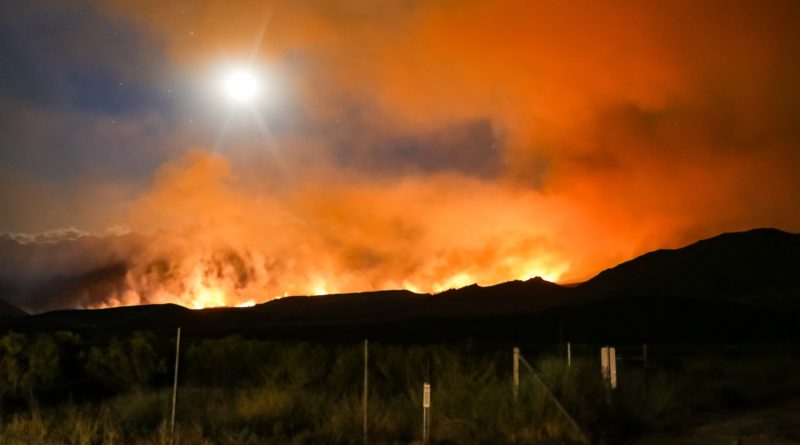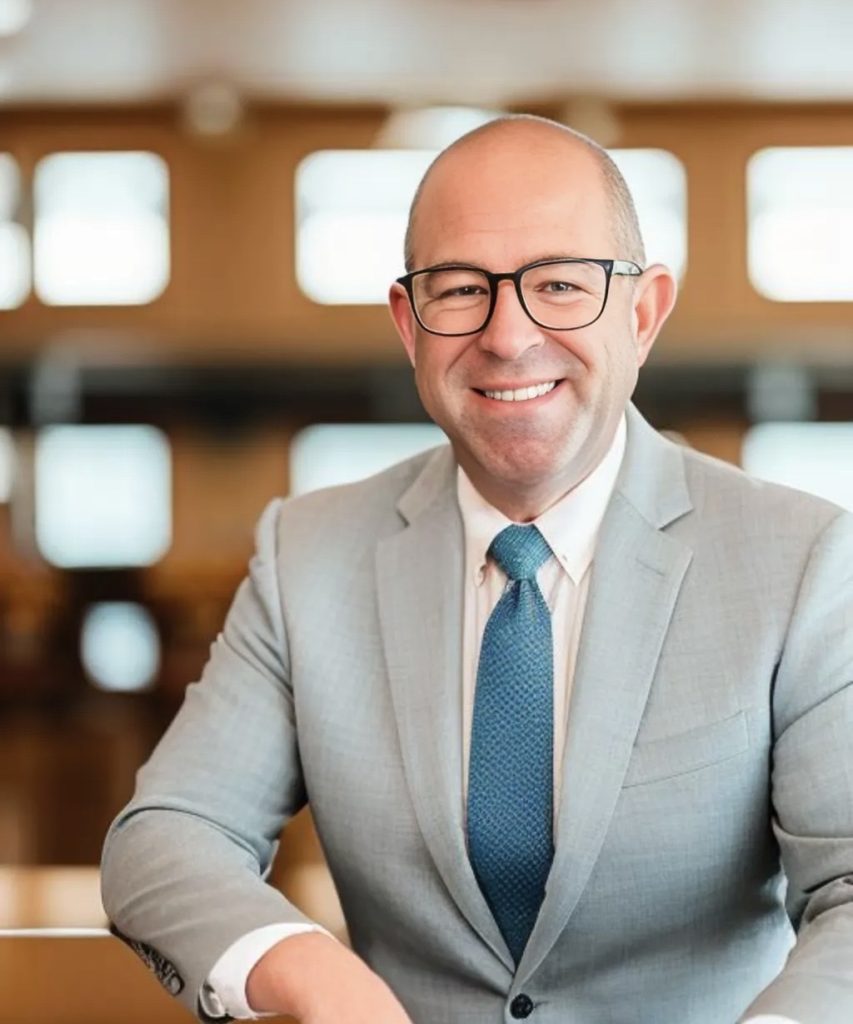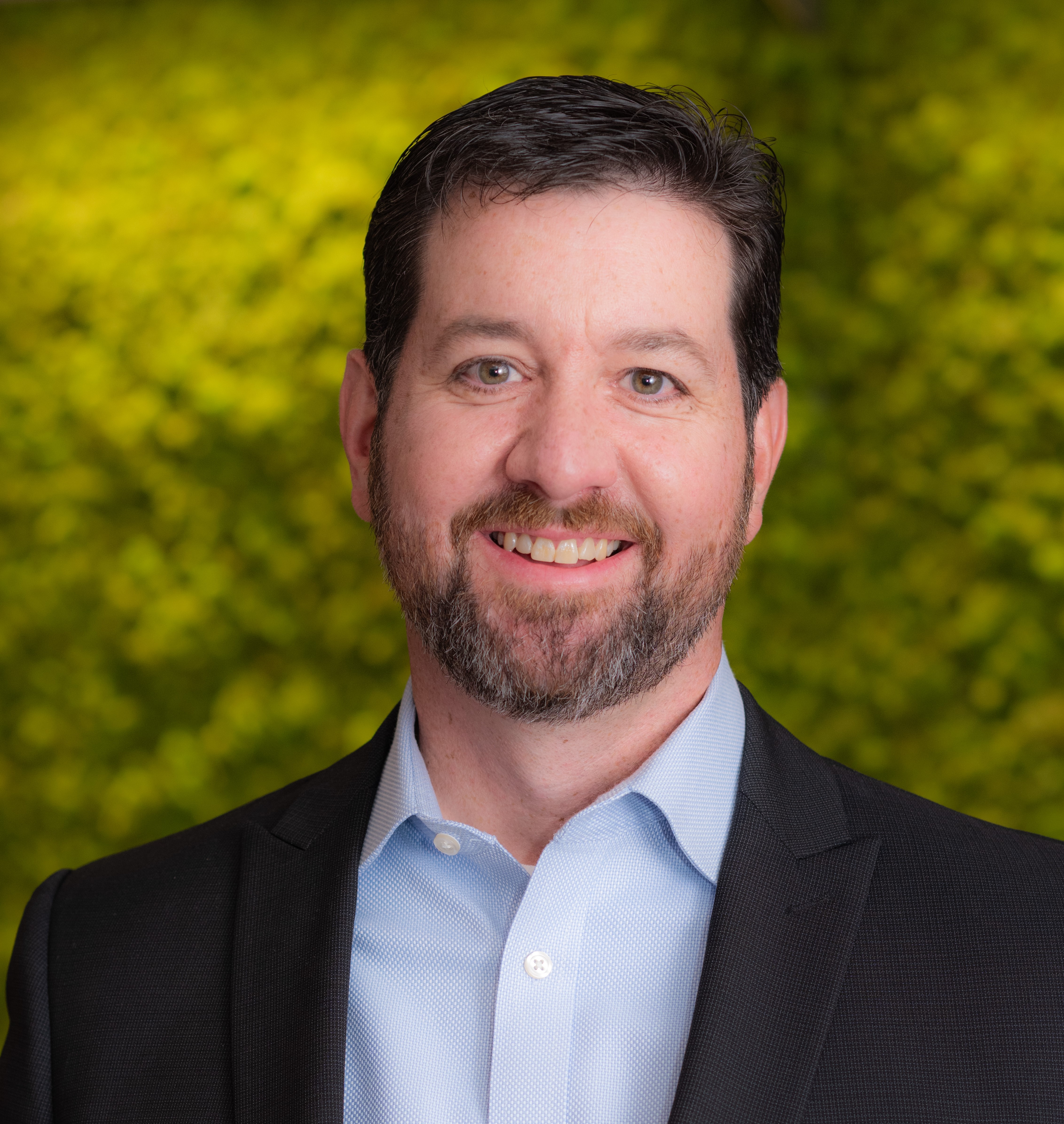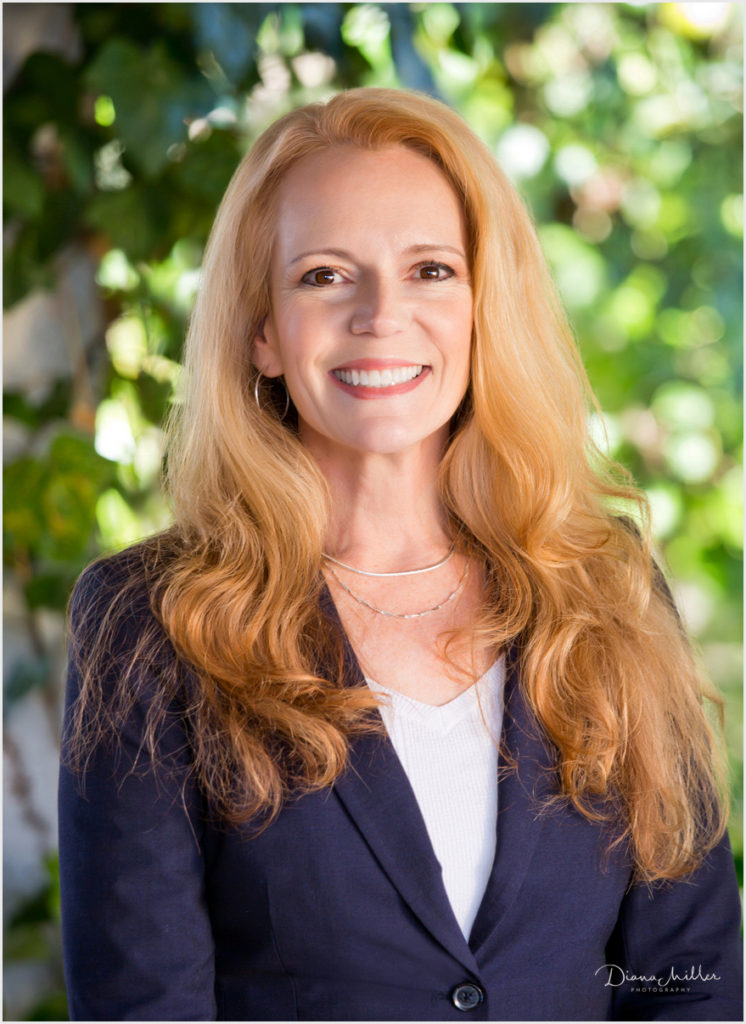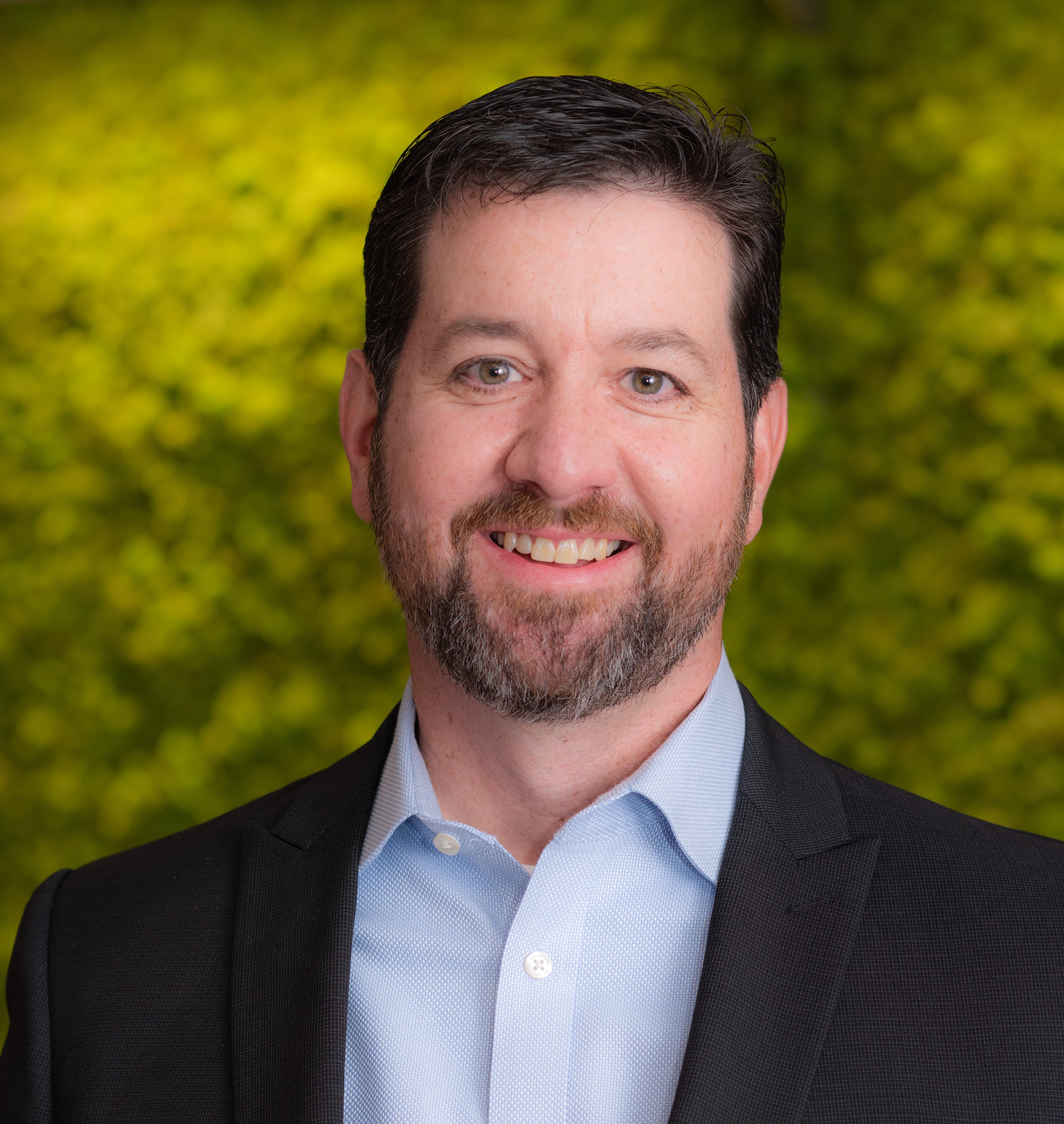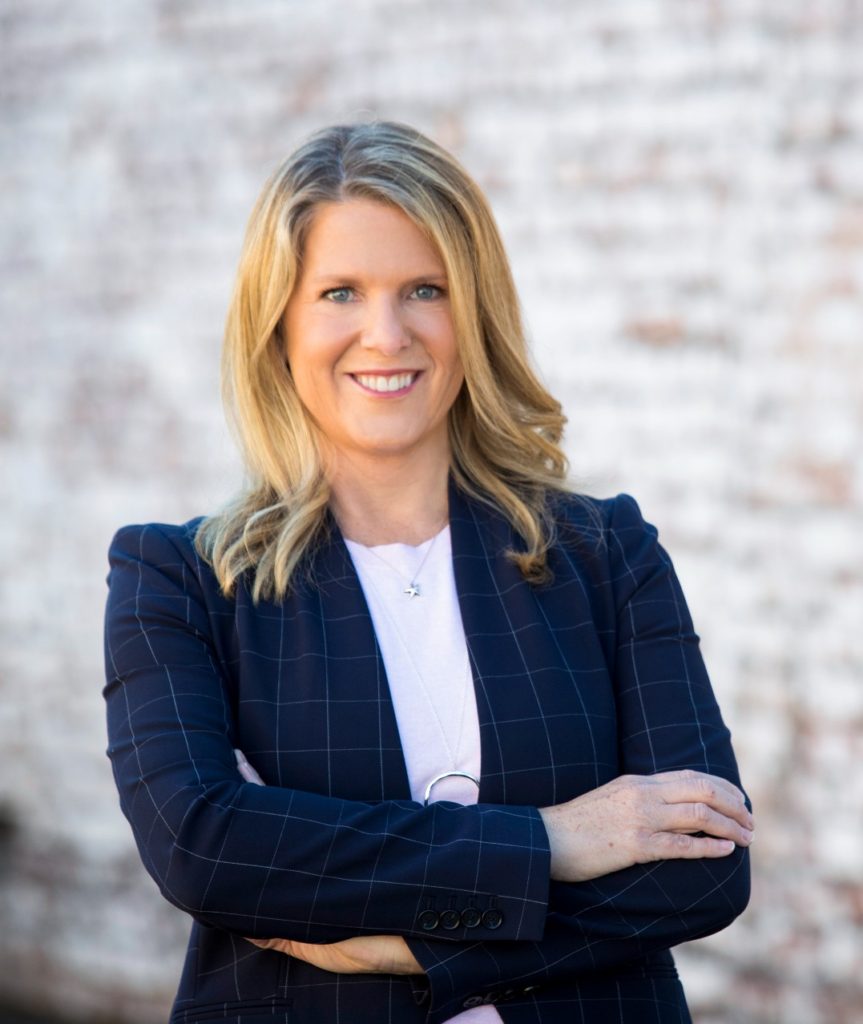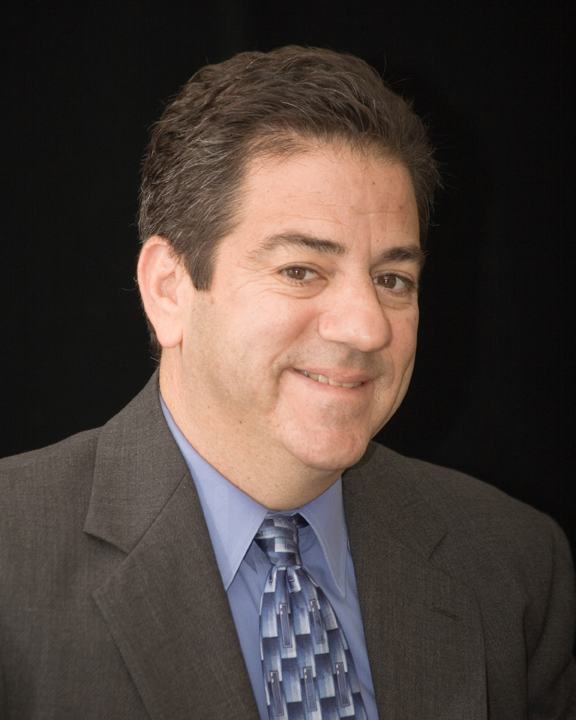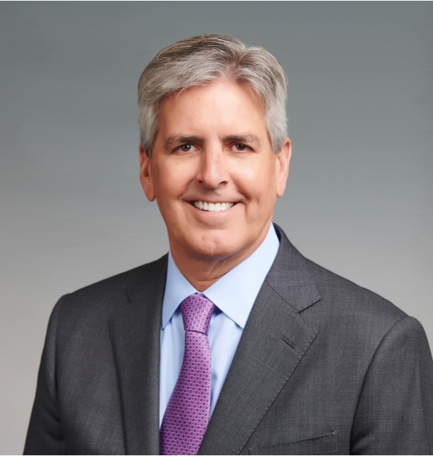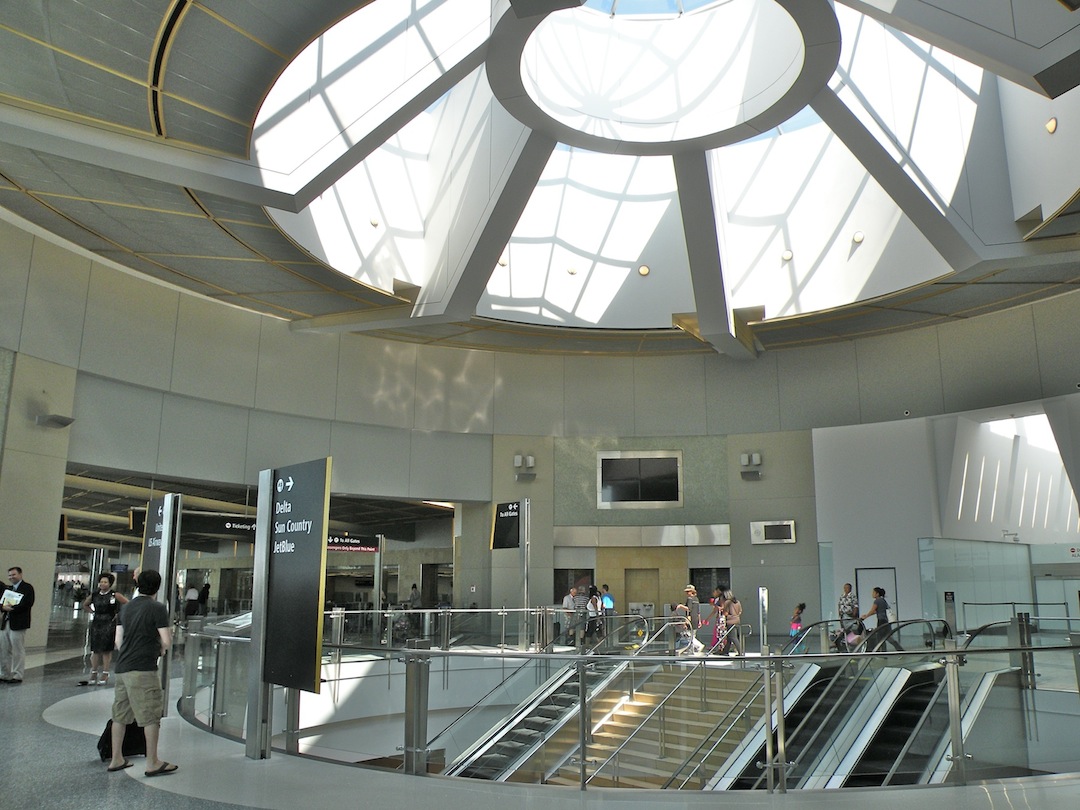LOCATION LOCATION LOCATION: Wildfire risks and the insurance industry’s impact on California and San Diego’s housing markets
By Douglas Page
As insurance executives might see it, the 21st century gold rush is outside of California. To others in the Golden State, it could appear they’re settling a score.
With five insurance heavyweights – State Farm, Allstate, Farmers, Chubb, and American International Group (AIG) – occupying a nearly combined 27% share of the California property and casualty insurance market, announcing they’re reducing their footprint in the Golden State by either no longer writing new homeowners’ policies, canceling customers with homes in areas they view as prone to wildfires or other risks or limiting the number of customers they add each month, San Diego County homeowners, plus many in California, are seeing as much as a 100% increase, sometimes more, in their annual property insurance costs.
Homeowner’s insurance is so challenging the sale of a mansion for about $20 million in ritzy Rancho Santa Fe hasn’t closed yet because not a single carrier, so far, will write a policy to cover the home.
The problems aren’t limited to San Diego County. Many California homeowners, especially those in areas considered at heightened risk for wildfires – where they’re living in what’s considered a high-number “Brush” zone – are experiencing the same financial burden because they need to buy two policies: One from the state government’s FAIR Plan, so they’re covered for wildfire damage, plus a second policy, from another carrier, that will cover other possible risks.
A recent report from Irvine, Calif.-based CoreLogic, which tracks the real estate industry, says nearly 1.3 million California homes are at risk of a wildfire, representing about $761 billion in reconstruction costs. Of those, about 154,000 San Diego County homes are exposed to the possibility of a wildfire, representing about $95 billion in reconstruction costs.
While the reduction in consumer homeowners’ insurance providers in California might appear considerable, the Insurance Information Institute, which speaks for the U.S. insurance industry, says more than 100 companies continue to write homeowners’ insurance policies in the state. But the Institute doesn’t know how many consumer insurance companies are no longer writing homeowner’s policies in the state.
As a former Obama Administration official observes, the insurance industry is on a new trajectory, viewing homes with a very different eye and, perhaps, with some fear.
“The risks have only increased dramatically as we’ve seen an ever-increasing number of hurricanes, flood damage and fires, which insurance companies rightfully associate with global warming,” David Stevens, a former U.S. assistant housing secretary and federal housing commissioner during the Obama Administration, told SD METRO. “I don’t see any way around this trend. You can’t force an insurance company to insure.
“They’re not required, under federal law, to have some sort of Community Reinvestment Act obligation like banks have,” he added, referencing the law requiring banks to meet the credit needs of communities where they do business including people in low- to moderate- income neighborhoods.
Why the change?
Reinsurance costs, says Ken Johnson, a real estate economics professor at Boca Raton-based Florida Atlantic University. The reinsurance industry helps consumer insurance providers, like the ones mentioned in this article, mitigate their risks and possible losses, keeping them financially viable.
He cited an article from Reinsurance News in April, when it reported that Aon, a consulting and reinsurance brokerage in London, said, “global reinsurer capital has declined 15% or $100 billion, to $575 billion at the end of December 2022, driven by substantial unrealized losses on investment portfolios.”
“The reinsurers got hit hard, and it’s having something to do with the decision of Farmers and other insurance companies as to whether they’re staying in California,” Johnson said. “I can imagine when Farmers goes back to the reinsurers and says, ‘We’re no longer writing (some kinds of policies) in California anymore,’ that their cost of reinsurance will drop dramatically.”
Two insurance companies, responding to SD METRO’s requests for what led to this change, State Farm and Allstate, confirmed the Reinsurance News report. They were also the only insurance carriers of the big five that clarified their positions in California.
State Farm, which was the top provider of property insurance in California last year, with a leading 8.7% market share, said in a statement it stopped writing new homeowners’ policies in May, basing its decision on “historic increases in construction costs outpacing inflation, rapidly growing catastrophe exposure, and a challenging reinsurance market.”
Allstate, with about a 5.1% share of the property insurance market in the state, said, “We paused new homeowners and condominium insurance policies in California last year so we can continue to protect current customers.
“The cost to insure new home customers in California is far higher than the price they would pay for policies due to wildfires, higher costs for repairing homes, and higher reinsurance premiums,” Allstate’s statement continued.
Farmers Insurance, the only one of the five heavyweights headquartered in California, and the state’s second largest provider of property insurance with about a 7.8% market share, said in a statement, “With record-breaking inflation, severe weather events, and reconstruction costs continuing to climb, we are focused on serving our customers while effectively managing our business. Effective July 3, Farmers will limit new homeowners’ insurance policies in California to a level consistent with the volume we projected to write each month before recent market changes.”
Farmers wouldn’t say what that volume was but according to Globest.com, which covers the commercial real estate market, it’s 7,000 new policies a month.
Chubb, which had a 3.5% share of the Golden State’s property insurance market, said in a statement, “We continue to write new and renewal coverage in California that meets our underwriting criteria.”
Chubb wouldn’t respond to inquiries about what met their criteria.
According to S&P Global Market Intelligence, in October 2022, when Chubb reported third-quarter earnings, its CEO, Evan Greenburg, said his company was “shrinking its footprint in areas of the Golden State ‘both highly exposed, and even modestly exposed, to wildfire.’”
AIG didn’t respond to SD METRO’s emails about their position in California. While there’s a published report saying they were leaving the Golden State, there’s another saying they remain here but scaled back the amount of business they’re writing here.
The state’s Department of Insurance didn’t respond to SD METRO’s phone calls and emails, asking for clarification about whether AIG is still doing business in California.
The Reinsurance View
A high-ranking reinsurance executive, requesting anonymity, confirmed State Farm and Allstate’s statements, adding it’s no surprise they’re attempting to deflect the blame.
Consumer insurance providers, the executive said, until recently, received coverage from the reinsurance industry with relatively low-priced premiums. Reinsurers, however, stopped this practice due to their losses, the executive said, and, as a result, consumer insurance companies increased their customers’ premiums to cover their shortfalls.
Citing information from Artemis, which covers the insurance and reinsurance industries, the executive said property catastrophe reinsurance premiums increased about 64% over the last five years, with the most sizable jump coming this year at close to 30%, from January 2022 to January 2023. Contracts between reinsurers and consumer insurance companies are annual, often with a Jan. 1 start date.
Another reinsurance executive offered this statement about how climate change is impacting their industry:
“In recent years, numerous devastating wildfires have made it apparent that the risk is much larger than once thought,” said Michael Quigley, executive vice president and head of property underwriting and multiline quantification for Princeton, N.J.-based Munich Re US, a division of Munich RE in Germany. “Climate change, population migration from urban to more rural areas, and an increase in other catastrophe insured losses, such as hail, hurricane, and flood, have increased the pressure on insurers to properly assess and underwrite wildfire risk.
“All of these factors have forced the insurance market into a period of transition and heightened uncertainty while insurers, reinsurers, policy makers, regulators and service providers work to implement strategies to address the new realities of insuring in wildfire-prone areas,” he added.
Given Maui’s and Canada’s wildfires this summer, May’s floods in Italy, and July’s flood in Montpelier, Vt., as well as August’s tropical storm that hit San Diego, a first for California in 84 years, which produced floods in desert community Palm Springs, consumer insurance companies could face increased reinsurance premiums next year, which might result in San Diego County homeowners and those elsewhere in the state and the country facing higher property insurance premiums, too.
Settling the Score: 1988’s Prop. 103
The Insurance Information Institute blames the actions consumer insurance providers took in California on the state’s Proposition 103, which became law in 1988, because it limits their ability to raise the price of their premiums, saying the state’s Department of Insurance “restricts the size of property insurance rate increases during the rate approval process.”
“We need to be able to use risk modeling in the rate-making (annual premium) process, and we need to be able to use the cost of reinsurance in the rate-making process,” said Janet Ruiz, a spokesperson for the Insurance Information Institute, adding that consumer insurance companies are allowed to use these factors when setting rates in other states.
Chubb CEO Greenburg echoed a similar sentiment during his company’s third-quarter earnings call in October 2022, attributing his company’s California pullback on Proposition 103 because it is “unable to achieve ‘adequate price for the risk, and not by a small amount.’”
Calls and emails to the state’s Department of Insurance seeking a response also went unreturned.
Proposition 103 regulates price increases not only for homeowners’ insurance premiums but also for a variety of other insurance premiums, including policies covering earthquakes, cars, medical malpractice, boats, farms and business owners, to name a few.
As the state’s Department of Insurance sees it, Proposition 103 has stabilized and reduced insurance rates due to consumer participation.
“The Department repeatedly found that consumers made a ‘substantial contribution’ to the decision making, bringing to the Department’s attention issues it might not have otherwise have considered and enabling the Department to reach the best decision possible for consumers,” it says on its website.
Another insurance executive, requesting anonymity, observed that their industry sees the state’s Department of Insurance as keeping annual premiums too low.
“California is in the bottom third in the national average insurance cost annually for homeowners’ insurance,” said Ruiz. “The national average is $1,700 for an annual premium for a homeowner’s insurance policy. California is about $1,400.
“Other states with wildfire issues or tornado issues, like Oklahoma, are all more expensive,” she added.
Wildfire Risk
About 100 million acres make up the Golden State, says the California Department of Food and Agriculture. Of those, says the State Fire Marshal, about 30%, just under 31 million, are considered at risk for a wildfire.
About 17 million acres earned the moniker of being “very high” risk for a wildfire while the other two designations, “high” and “moderate” consist of 10 million and nearly 4 million acres, respectively.
The top 10 counties with the most acreage at risk of a wildfire – which also make up nearly half of all the acreage at risk of a wildfire – include Mendocino, Kern, Humboldt, San Luis Obispo, Siskiyou, Shasta, Monterey, San Diego, Lassen, and Fresno. Combined, the 10 counties represent nearly 14 million acres at risk of a wildfire, according to the State Fire Marshal’s office.
The State Fire Marshal’s office is updating its maps – a first since 2007 – to show what parts of the state are more prone to wildfire risk.
But, according to Orange County mortgage broker Jeff Lazerson, who also writes a column about mortgages and real estate for the Orange County Register newspaper, it doesn’t appear the insurance industry uses them.
“The State Fire Marshal’s office was explaining to me that these hazardous fire maps that the insurance industry is coming up with or changing, these aren’t anything that they have to go through the Fire Marshal’s office or the FAIR Plan or the state’s insurance commissioner,” he said. “The insurance companies are changing their own definition of what’s a hazardous fire zone.
“They’re just moving the goalposts on everybody,” he added.
The Impact on CA Home Sales
The California Association of REALTORS® (CAR) in May, reported that, statewide, home sales, year-to-date, were down nearly 40% in April.
In its April news release, CAR estimated that, this year, about 280,000 single-family homes will be sold, down 18.2% from last year when 342,000 single-family homes were sold.
“The availability of insurance is what’s affecting the closings in our state right now,” said CAR President Jennifer Branchini. “The cost of insurance is affecting some of the closings because the borrower is maybe not able to qualify any longer because of what the insurance cost is.
“Let’s say if normally a policy was going to be $1,500 or $2,000 a year, maybe those quotes are coming in triple or more than that,” she added.
Even CAR’s chief economist, Jordan Levine, says his 2,300-square-foot, three-bedroom, 2-1/2-bathroom house in the Central Coast is costing more to insure.
“A couple of years back it went from $2,000 to $3,000, which was painful,” he said. “Most recently, last year, it went to up to $10,000.”
The cost of homeowner’s insurance, he says, is dampening real estate sales.
“I think it’s both hurting the transaction side, because some buyers may have to drop out if they can’t afford the insurance, and I think again there’s the hit to people who are existing homeowners as well,” he said.
Susan Milazzo, president of the California Mortgage Bankers Association, says they joined several other business associations requesting that Gov. Gavin Newsom and Ricardo Lara, the state insurance commissioner, address what she called a “crisis” of insurance companies pulling out of the California homeowner insurance market.
Asked if there was a response, she said, “Nothing that is meaningful at this point.”
Sacramento mortgage broker Matt Gougé says high insurance costs are preventing some clients from buying homes.
“You can go up the hill (to El Dorado County) where home prices are 20% less. But then people realize, damn, I’ve got to pay $8,000 a year for fire insurance,” he said.
One of his clients was considering doing just that but decided against it because the house was going to cost $8,500 to insure.
“Now all these insurance companies are going out and conducting inspections (on houses),” Gougé said. “It’s just a strategy for not renewing (a homeowner’s policy).”
Sacramento insurance broker Javier Ortiz says he’s seen homeowner’s policies increase by as much as 200 to 300%.
“If State Farm is not going to write a policy anymore, or they’re not going to renew someone, and Liberty Mutual is not going to renew you, and you were paying $1,500 a year, now you’re paying between $4,000 to $5,000 a year for a homeowner’s policy,” he said.
Lazerson, the Orange County mortgage broker, said that when working on one of his columns, his wife asked people on social media app Nextdoor to send their insurance pricing problems to him.
“I had 20 people either call, text or email me,” he said. “These were people not in an obvious fire hazard area. They were in coastal south Orange County in places like San Clemente, Dana Point, Laguna Niguel, Aliso Viejo and San Juan Capistrano, communities west of the I-5 where it’s possible to see the Pacific Ocean from a living room window.”
Lazerson offered a suggestion for anyone attempting to buy a home: Ask the seller for a pre-approval or pre-qualification letter from an insurer.
“The real estate agents are going to have to start hitting on the sellers to do this as part of their checklist before listing the home,” he said. “It would make for a much smoother transaction if they could provide the buyer with a letter from a good insurance company and say, ‘If you have any trouble, here’s an insurance company that will cover the house.’”
This is in addition to the FAIR Plan, which homeowners living in areas considered at risk of a wildfire will also have to buy. Between 2018 and 2022, the number of policies the FAIR Plan carries for Golden State homeowners more than doubled, from 126,709 to 272,846.
“Worsening wildfires spurred by climate change and the lack of adequate insurance rates relative to increasing risk have led to cancellations by traditional insurers and, subsequently, significant growth in the number and concentration of FAIR Plan policies,” the company says in its literature.
If homeowners with a mortgage lose their property insurance policy – because it’s canceled by their insurance carrier, an event that’s happening with some frequency in California – it’s possible the mortgage servicer will provide them with what’s called “forced-place insurance.”
“The borrower’s going to pay for it, but, initially, the mortgage servicer, generally, has to front the money, and they recoup it from the borrower,” said Michael Lau, CEO of Denver-based Pingora Asset Management, which buys mortgage servicing rights. “But it (forced-place insurance) comes with a 25% premium to what a normal insurance policy costs, so that’s going to create a lot of consumer issues.”
Real Estate and Insurance in San Diego County
It’s all about the risk, says Rancho Santa Fe insurance broker John Swain.
“If your property is in San Diego’s inner city, you’re not going to have that additional California FAIR Plan because it’s not a wildfire risk,” he said. “But if you’re in places like Poway, Escondido, Ramona, San Marcos, and East County, from Santee to El Cajon, then you need the FAIR plan.”
Insurers, Swain said, refer to the second plan that many homeowners need after the FAIR plan as the “difference in conditions.”
“The difference in conditions policy would take care of everything that a traditional homeowner’s or dwelling policy would cover, except for the fire risk,” he said.
Swain says insurance companies are measuring wildfire risk by using what they call a “Brush” score. Every house or dwelling, he says, receives a brush score, which shows the probability they’ll be hit with a wildfire.
Brush scores, he says, range from Zero to 50 for a somewhat low risk of a wildfire. 60 is caution. A rating of 61 to 80 is high risk. And any score from 81 to 100 means the dwelling is at extreme risk of a wildfire.
“When you get to the outskirts, outside the urban area of San Diego, your brush score goes up and the wildfire risk is greater,” he said.
There are other versions of risk assessment that insurance companies use, the San Francisco Chronicle recently reported.
Swain also confirmed that insurance companies are using their own maps to determine wildfire risks.
“They’re looking at their own maps plus the ones from the (State) Fire Marshal,” he said. “They have actuaries that determine the risk, and they’re definitely using all of these factors to look at these risks.”
Swain mentioned two homes in San Diego County that cost twice as much as previously to insure.
One was a four-bedroom, 4-1/2-bathroom house, around 4,000 square feet, in the Poway area. The FAIR Plan was around $5,000 and the differences in conditions insurance policy was about $1,400, for an annual total of $6,400 to insure.
Two years ago, he said, the house cost about $3,000 to insure, which included paying for the risk of wildfire damage.
Swain also mentioned working to insure a house in El Cajon. It had 5,100 square feet, with five bedrooms and 4-1/2 bathrooms. The FAIR Plan cost over $6,200 and the differences in conditions policy cost nearly $1,800 for an annual cost around $8,000.
A few years ago, he said, the insurance premium would have been about $4,000 a year. That annual premium also included coverage for the risk of wildfire damage.
“The cost of insurance can be a factor that can make or break a deal,” Swain said. “A prospective homeowner should make sure the policies and premiums are affordable because that could disqualify them from receiving a mortgage.”
San Diego mortgage broker David Stein says the increase in insurance premiums “doesn’t affect affordability because if you can’t afford a $50 increase a month, you shouldn’t be buying a home in California.
“You probably overextended yourself to the point where you’re in trouble,” he added.
Another executive, with close ties to the real estate and insurance industries, requesting anonymity, says the sale of a Rancho Santa Fe mansion for about $20 million has yet to close because the prospective buyer can’t find a carrier to insure the home. SD METRO is keeping the mansion’s address confidential.
San Diego mortgage broker Lori Goldman says one of her clients was looking to buy a house in the Tierra Santa section of the city, about seven or eight miles east of the I-5 but had trouble finding a homeowner’s policy.
“It’s a very residential neighborhood, but it’s been delegated by a lot of insurance companies as being a high-risk area, and they’re not writing policies there anymore,” she said.
Her client eventually secured a policy from the FAIR Plan.
Goldman also says she’s nurtured a strong relationship with an insurer, and it’s helped.
“I’ve been sending my customers there, and they’ve been able to get policies without having to go through the FAIR Plan,” she said.
Goldman, a mortgage broker for 34 years, strongly recommends prospective homeowners seek an insurance policy as soon as their bid is accepted, if not sooner.
“The worst thing people can do is wait on finding and securing the policy until they’re ready to close,” she said.
Douglas Page can be reached at dpage@sandiegometro.com

